How Fast Does the Earth Spin? Earth vs The Engineered
How fast does the Earth spin? Earth spins at an incredible 1000 miles per hour (1600 km/hr). We compare the Earth’s spin to nature and engineered velocities
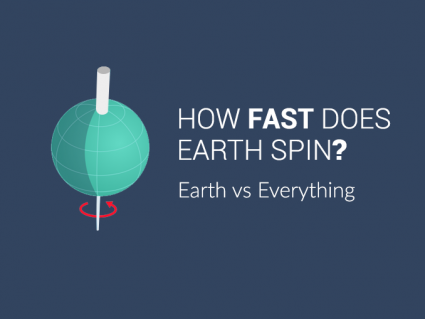
How fast does the Earth spin? Earth spins at an incredible 1000 miles per hour (1600 km/hr). We compare the Earth’s spin to nature and engineered velocities
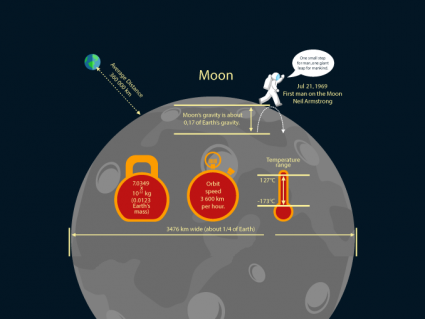
The gravity of the moon is 1/6 of Earth. If you stepped on a scale on the moon, you could subtract 83.5%. So 100 kg in weight would be 16.5 kg on the moon.
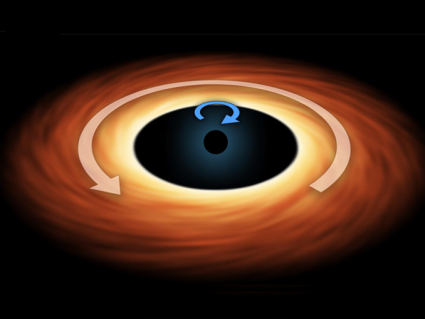
All galaxies have supermassive black holes at the center of it. These collapsed stars are a few times the mass of a sun which run out of fuel and explode.
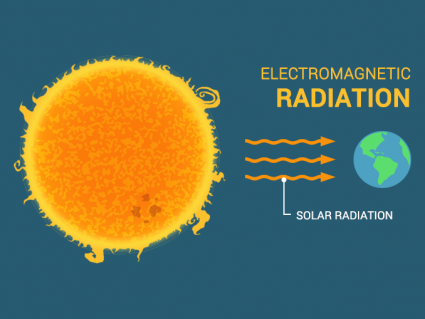
Our sun is 99% of the total mass of the solar system. It’s this energy from the sun’s thermonuclear reactions that heats the Earth from solar radiation.
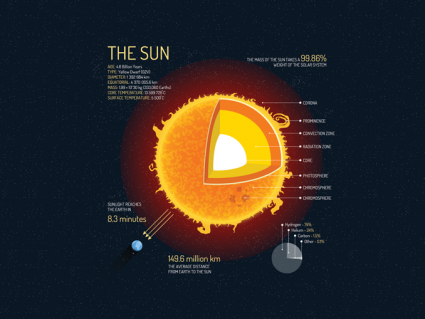
Our sun is a main sequence star. This just means that it burns hydrogen into helium and goes through this “main sequence” for about 95% of its life span.
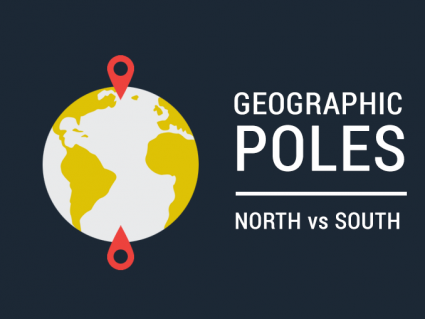
If you stick a pencil through Earth at the point of rotation, these 2 points are the north/south poles. Geographically, it’s where longitude lines converge.
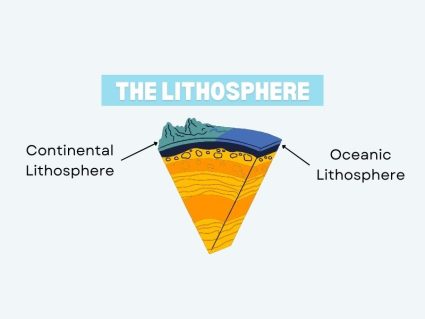
Earth scientists compare the lithosphere to a thin, solid and brittle eggshell encasing our inner planet or a thick piece of wood that dries and breaks.
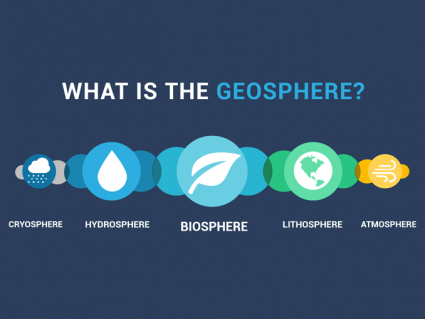
It’s difficult to pinpoint an exact definition for the “geosphere” because it’s used in several different ways. But here are 2 ways to define the geosphere.
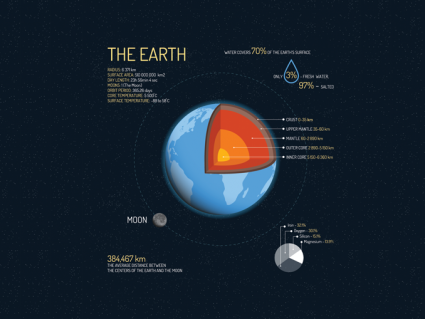
This list of Earth statistics provides all the numbers of our home planet. For example, here are size, rotation, density, temperature, orbit, age and more.
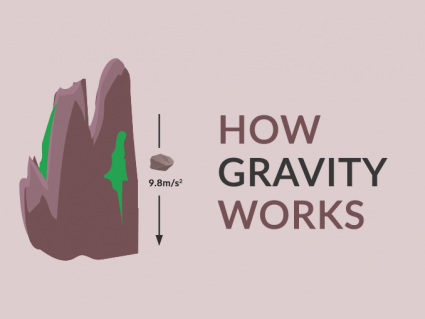
What brings order on Earth is gravity. For all matter, it’s always at work. This is how gravity works for ocean tides, planet formation and escape velocity.

Lucky for us, Earth is in the Goldilocks zone. The range where liquid water persists is 0.99 to 1.7 AU. But it doesn’t necessarily mean life or water exists.
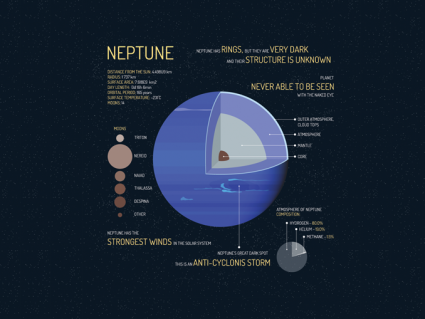
Planet Neptune is the farthest planet from the sun at 4.495 billion kilometers from the sun. Neptune has some remarkable facts like its 14 moons and tilt.
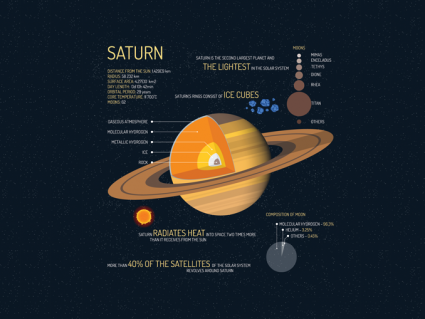
We all know planet Saturn for its iconic rings. But there’s more facts about Saturn like its weather, Titan and its the lightest planet in the solar system.
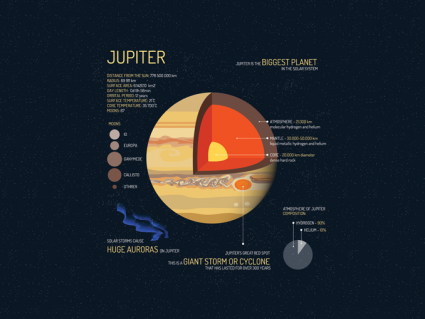
The gas giant known as Jupiter is the largest planet in our solar system. Other interesting facts include its 79 moons, weather patterns and huge auroras.
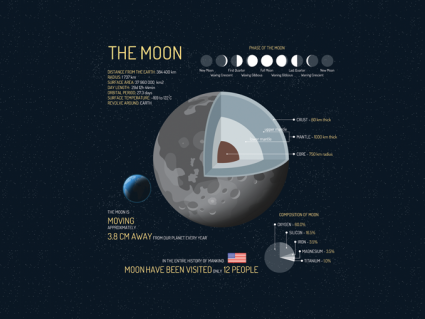
Earth’s moon was formed at the same time that Earth did. Interesting moon facts include its gravity is 1/6 of Earth and temperature range of -173°C to 127°C